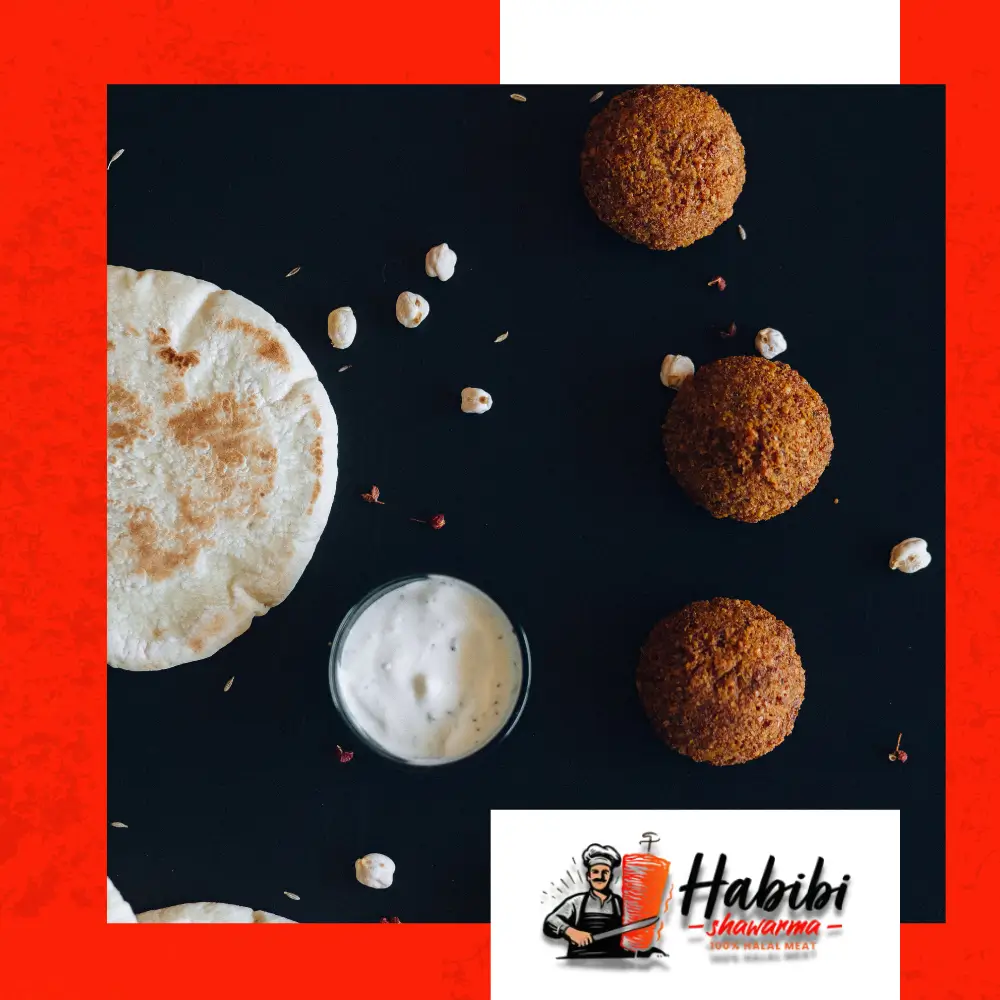Falafel, the golden-brown, crispy-on-the-outside and fluffy-on-the-inside delicacy, has long been a cornerstone of Middle Eastern street food. Traditionally made from ground chickpeas or fava beans blended with fresh herbs and spices, falafel has become an international favorite. But as global tastes evolve, so has this humble vegetarian staple. Today, falafel recipes are being reimagined with innovative ingredients, cooking methods, and presentations—without losing touch with its roots.
The Origins of Traditional Falafel
Believed to have originated in Egypt as ta’ameya, made from fava beans, falafel eventually spread across the Levant and beyond. The traditional version involves soaking chickpeas or fava beans, grinding them with garlic, onion, parsley, and spices like cumin and coriander, and then deep-frying the mixture into crispy patties or balls.
Historically served in pita bread or flatbread with tahini, pickles, and fresh vegetables, falafel has long been a popular street food—especially for vegetarians and those observing halal or kosher diets. It’s protein-rich, affordable, and easy to prepare in bulk.
Falafel Meets Modern Trends
As demand for plant-based, gluten-free, and healthy food options grows, falafel has naturally adapted. Contemporary chefs and food brands have embraced the traditional falafel and infused it with modern culinary trends to cater to diverse dietary needs and flavor preferences.
1. Baked or Air-Fried Falafel
To meet the demand for healthier meals, many home cooks and restaurants now serve baked falafel or air-fried falafel instead of the traditional deep-fried version. These methods use minimal oil while still delivering a crispy texture and bold flavor—ideal for those watching their fat intake.
2. Colorful Variations with Superfoods
From beetroot falafel to sweet potato falafel, new versions offer vibrant colors and added nutrients. Kale, spinach, and turmeric have also made their way into modern falafel recipes, creating eye-catching plates that appeal to health-conscious diners and Instagram enthusiasts alike.
3. Global Fusion Flavors
Chefs are blending international influences into falafel, creating unique fusion dishes. Think falafel tacos, falafel sushi rolls, or Mediterranean falafel bowls with quinoa, avocado, and sriracha tahini. These twists help falafel stay relevant in multicultural food scenes.
Falafel as a Vegan and Vegetarian Favorite
In the era of plant-based diets, falafel continues to shine as a meat-free protein option. It’s naturally vegan, dairy-free, and high in fiber. This has led to its widespread inclusion in vegan fast food menus, meal prep kits, and plant-based catering options.
Many brands now offer frozen or ready-to-eat falafel in grocery stores, making it easier than ever to enjoy traditional Middle Eastern flavor with modern convenience.
Falafel in Contemporary Dining
As street food gains upscale appeal, falafel has transitioned from food trucks to fine dining. Restaurants now serve falafel with gourmet accompaniments such as:
- Truffle tahini or harissa aioli
- Pickled red onions, microgreens, or feta
- Stuffed falafel balls with cheese, jalapeños, or herbs inside
This evolution allows falafel dishes to remain relevant in a competitive culinary landscape while still honoring their traditional foundation.
How to Make Modern Falafel at Home
Want to enjoy this fusion of tradition and innovation in your own kitchen? Here’s how to modernize your falafel game:
Basic Ingredients:
- 1 cup dried chickpeas (soaked overnight)
- 1/2 onion
- 3 cloves garlic
- 1/2 cup fresh parsley or cilantro
- 1 tsp cumin and coriander each
- Salt and pepper to taste
- 2 tbsp flour or chickpea flour (optional for binding)
For a twist, add ingredients like shredded carrot, turmeric, or sesame seeds. Shape into balls or patties, then bake, air-fry, or pan-sear.
Serve With:
- Whole grain wraps or gluten-free pitas
- Homemade tahini or garlic yogurt sauce
- Fresh tabbouleh, cucumber salad, or pickled veggies
This DIY approach lets you control flavor and nutrition, bringing the best of both old and new worlds to your plate.
Final Thoughts
Falafel is more than just a popular vegetarian dish—it’s a cultural symbol, a comfort food, and now, a canvas for culinary creativity. As food trends shift, falafel continues to evolve—without losing its authentic charm. Whether served in a classic pita or reimagined as a sushi roll, falafel proves that tradition and innovation can thrive on the same plate.
So the next time you bite into a crispy ball of falafel, know that you’re tasting history—and the future—all in one delicious bite.
READ MORE:
How Falafel Adapted to Modern Tastes: A Fusion of Tradition and Innovation

